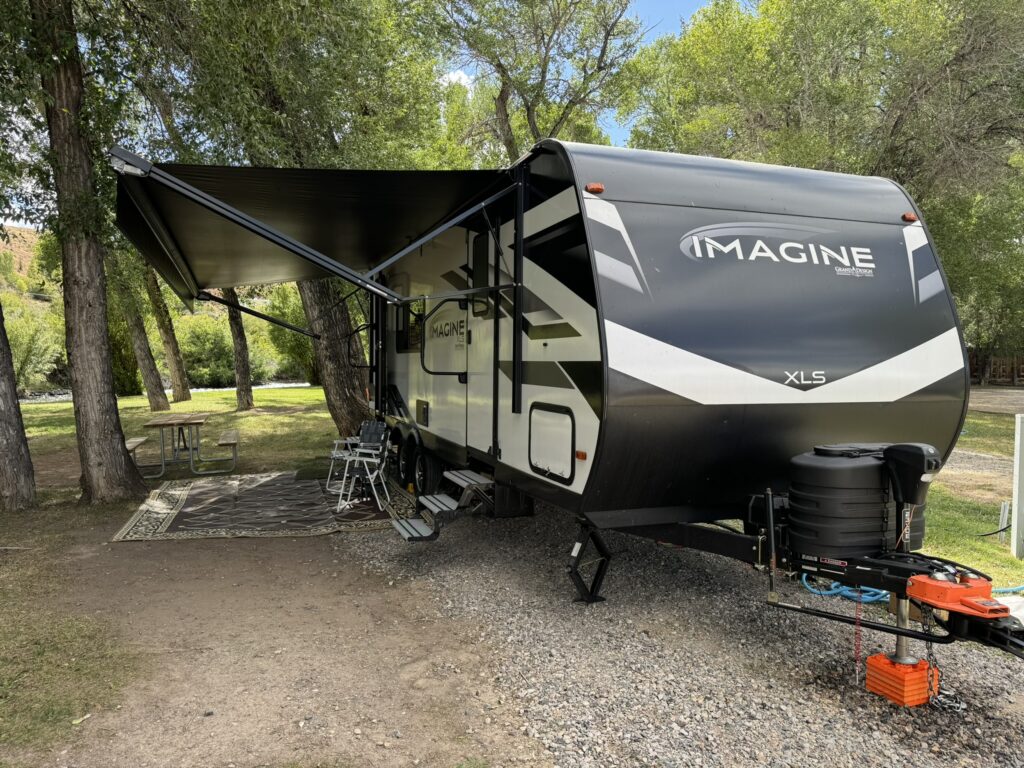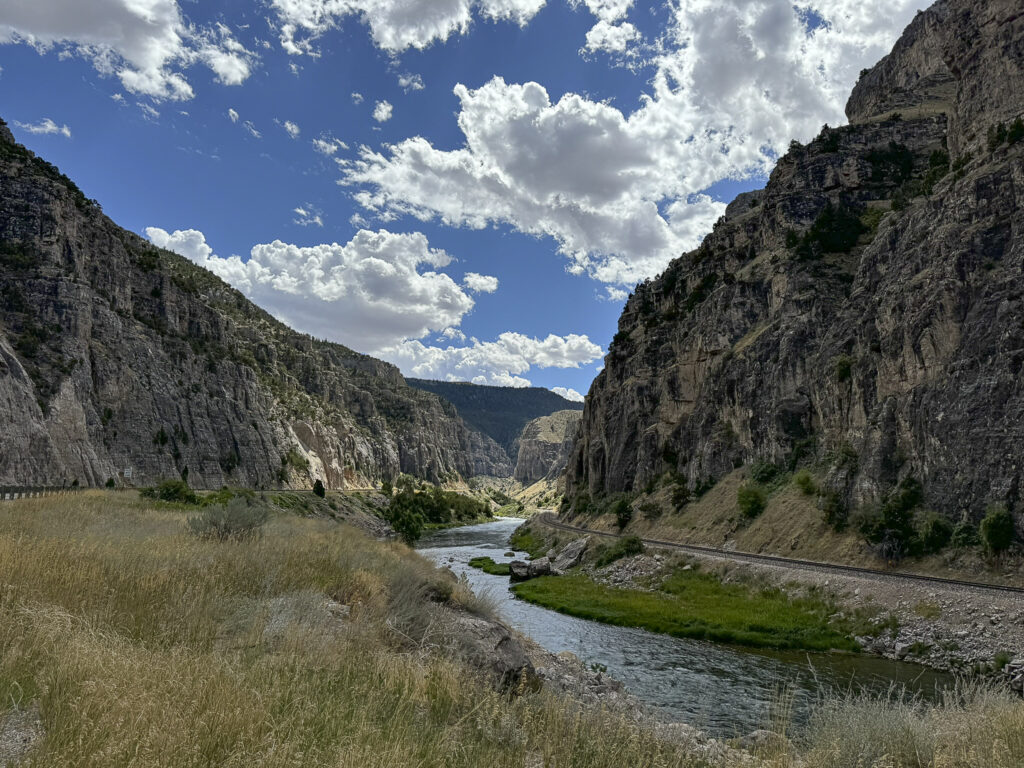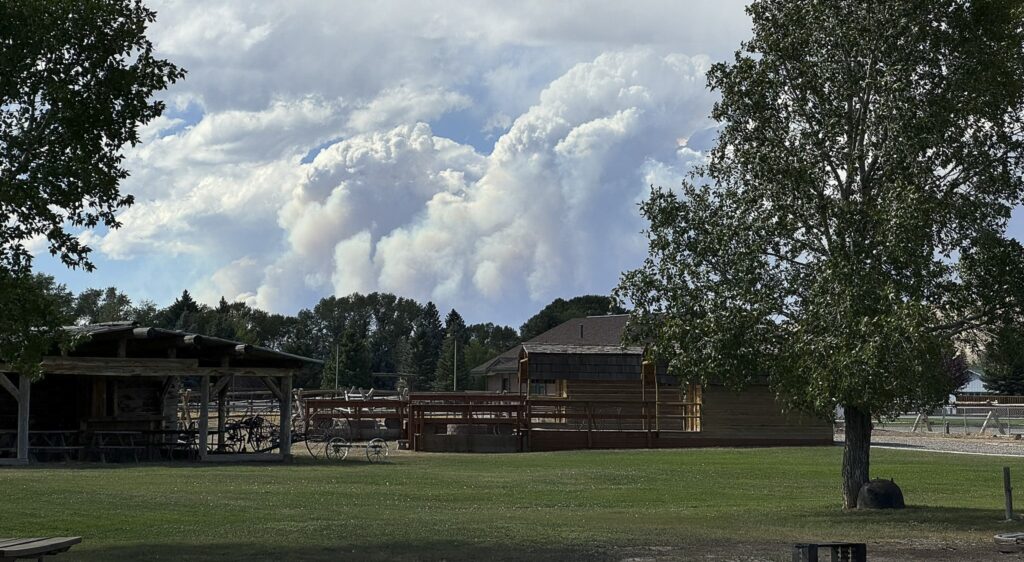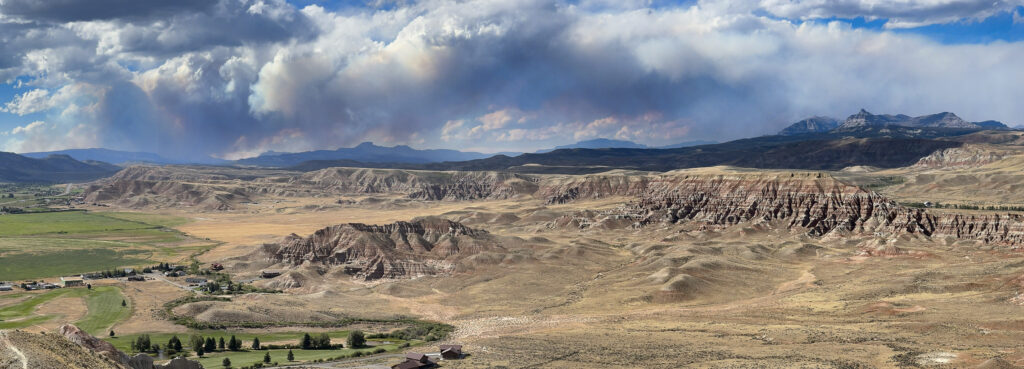A few years ago, while enroute to Grand Teton National Park, we made an impromptu overnight stop in Dubois (pronounced “dew-boys”), Wyoming. The place was so appealing, we decided to return for a longer stay.
The appeal of Dubois, though, actually starts in Iraq. In 2004, a Marine Lieutenant Colonel, Michael Strobl, found himself stuck in a desk job in Quantico. Feeling like he needed to connect somehow to the ongoing war in Iraq, Strobl volunteered to escort the remains of a 19-year-old Marine, PFC Chance Phelps, back to his home in Dubois. From his first encounter with Phelps at Dover Air Force base, through the transfer to an aircraft in Philadelphia, then by hearse from Billings to Dubois, Strobl found himself surrounded by decent, patriotic, respectful Americans, all of whom showed their appreciation and sympathy for a young man who died simply because his country called him to a dangerous place. When he finally arrived in Dubois, Strobl found himself met with kind words, appreciation, and touching, small-town stories about a young man from the heart of America.
Strobl wrote of his experience in an essay (which I read when it was published and sent along to my sons, both in the Army and one actually in Iraq) and that essay was later made into an award-winning HBO movie, Taking Chance. Strobl’s essay wasn’t about the war in Iraq, it didn’t even hint at whether American should have been there or not, whether the cause was just, or whether the strategy was sound. It was just about the lives that Chance touches as he journeys back home, and the journey of self-discovery that Strobl makes as he escorts Chance back to his family. As Strobl wrote in the essay, “When I first met Chance at Dover, I didn’t know him at all; by the time I got him home, I missed him.”
So, for us, Dubois is not only a place, it’s a reminder of a heartwarming story about the best traits of America.
Anyway, back to Dubois itself. What is the appeal of Dubois? First, the campground itself is lovely and sits right on the banks of the Wind River. So, for a place to take a breather and relax, this place is perfect.

Mostly, though, the appeal of this little town is the area. Dubois itself is a charming little western town (year-round population is only about 600), with nice little restaurants and a weekly rodeo. It is only about 60 miles southeast of Grand Teton National Park, and sits right in the heart of the Shoshone National Forest, an area of stunning beauty. Gannett Peak, Wyoming’s highest mountain, sits just south of the City. East of the city is the Wind River canyon, a 2500-foot deep cut in the terrain exposing strata dating back to Precambrian times (more than 2 billion years old)!


But once again, western wildfires starting bearing down on. As we were heading towards Dubois from Grand Teton, signs along the highway warned: “Active Fire Area — Use Headlights — Drive With Caution.” Over the course of the next couple days, the Fish Creek fire grew from 600 acres to over 6000, closing US-26 entirely for a brief period. As I write this (September 5), the fire is still not entirely contained and is up to 17,000 acres.


Fires or not, though, Dubois remains one of our favorite places. So, next trip to Grand Teton (and there definitely will be a next trip) we’ll be stopping here again.
